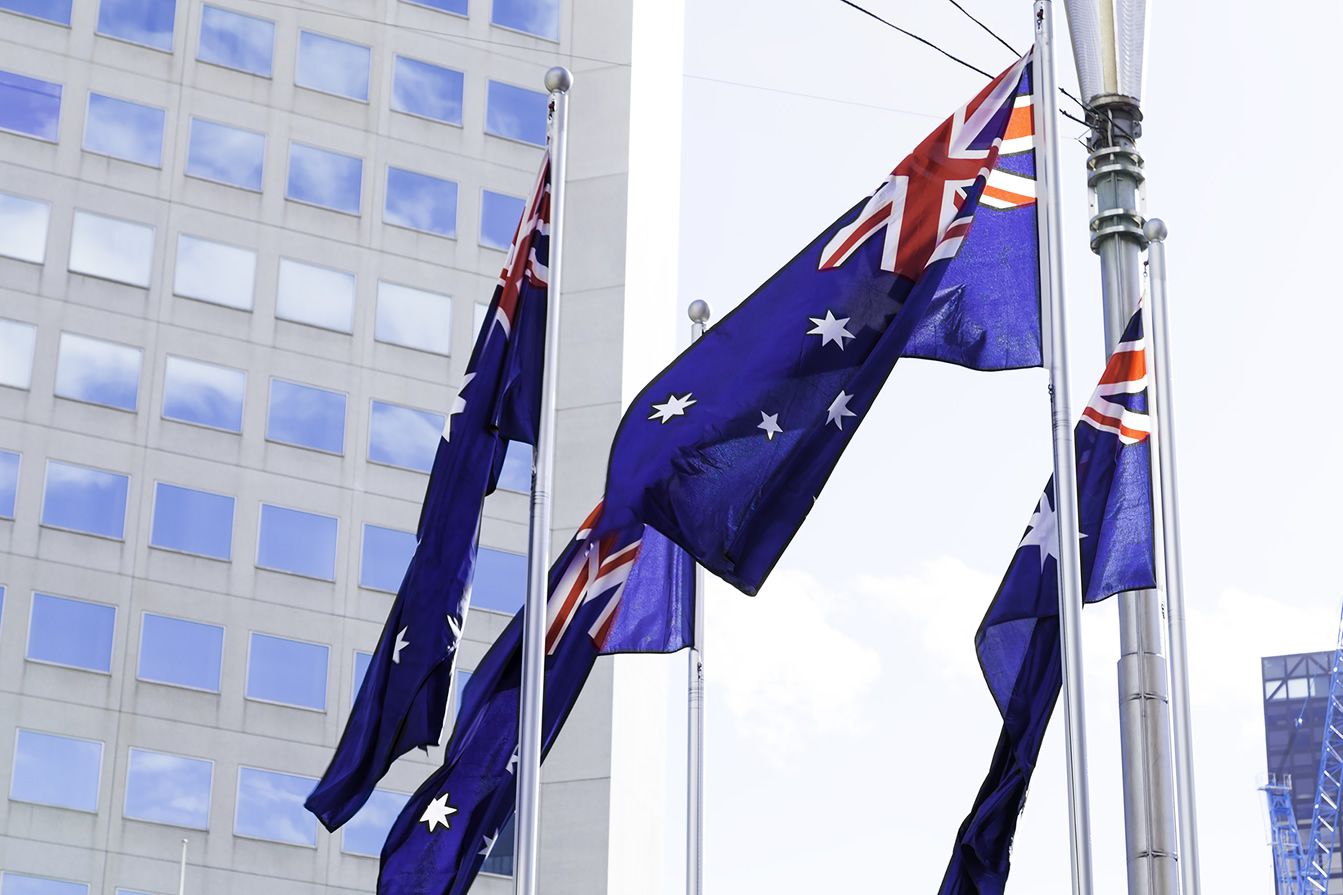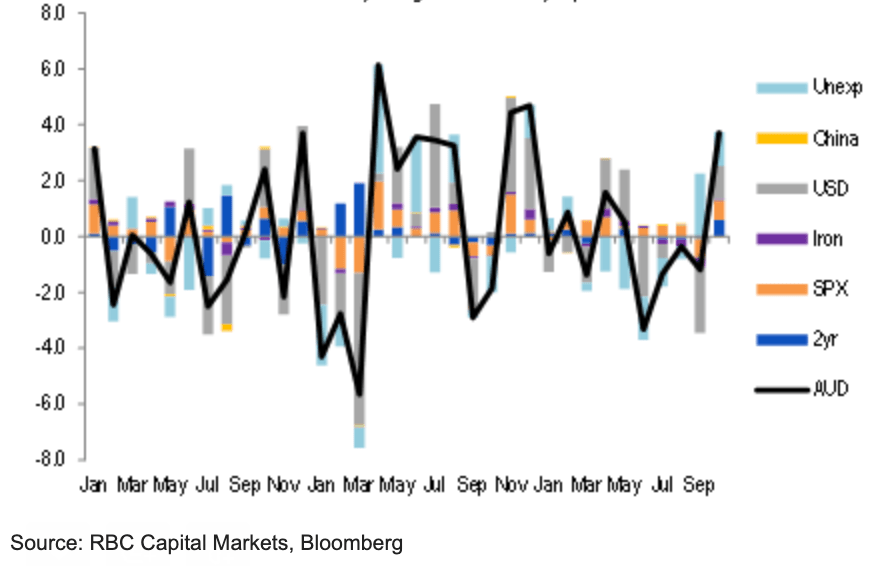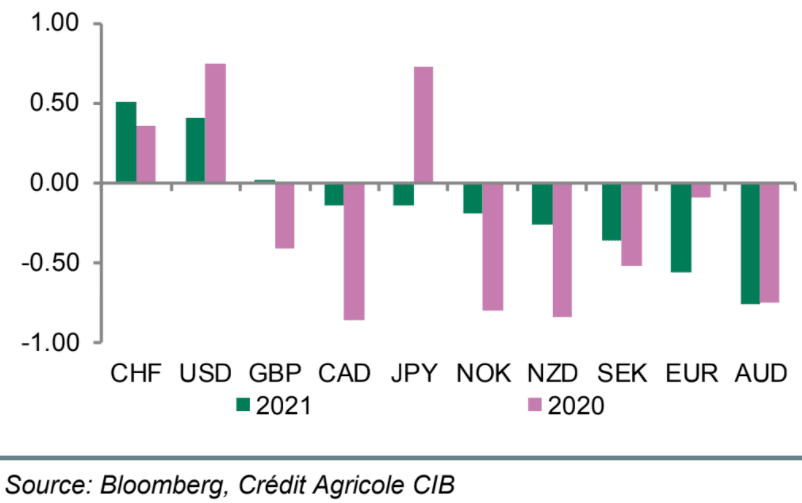All is Positive for the Australian Dollar Right Now: RBC Capital
- Written by: Gary Howes
- Stars align for the Aussie
- Snaps running streak against USD
- On course for 3rd monthly gain against GBP
- But recent support should fade: RBC Capital

Image © Adobe Images
Spot Market Rate at Publication:
GBP/AUD: 1.8420
October is on course to be the best month for the Australian Dollar of 2021, with a 3.74% advance being registered against the U.S. Dollar to date.
Adam Cole, Chief Currency Strategist at RBC Capital Markets, says the Aussie's gains are fully consistent with normal drivers.
The below chart, courtesy of RBC Capital Markets, shows the contributions to the monthly change in AUD/USD, derived from our short-term AUD/USD model.
Above: Estimated contributions to monthly changes in AUD/USD, % points. Source: RBC Capital Markets.
Secure a retail exchange rate that is between 3-5% stronger than offered by leading banks, learn more.
"In October, everything was positive, especially general USD direction (grey), equity prices (orange) and 2yr rate spreads (dark blue). The residual (“unexplained” in the chart) is small compared to the size of the monthly change," says Cole.
A monthly gain for the Australian Dollar will snap a run of four consecutive monthly declines against the U.S. Dollar, taking the AUD/USD exchange rate to levels last seen in July.
The Pound to Australian Dollar exchange rate is meanwhile looking set to record a third consecutive monthly decline.
Concerning the outlook, Cole says while the rise in AUD/USD is rational in an accounting sense it does not necessarily mean it is sustainable.
"The contribution from 2yr rates in particular is the largest since the pandemic began and is driven by a forward curve that fully prices a 25bp RBA hike by August 2022 and another in 2022 H2, in contrast to the RBA’s unwavering forward guidance of no move before 2024," says Cole.
The Reserve Bank of Australia (RBA) has been consistent in its guidance that interest rate rises are some way off and it might only be in 2024 that they are lifted again.
But investors are however calling the central bank's bluff, with money markets showing a late-2022 rate hike to be in the price.
Disappointment to this expectation could therefore act as a headwind to further gains.
{wbamp-hide start}
{wbamp-hide end}{wbamp-show start}{wbamp-show end}
But a recent note from JP Morgan's trading desk in London says the RBA could relent and follow the market.
"The economy is coming out of lockdown, heading into summer with a vaccinated population which should see them outperform on the growth front. I doubt Lowe can do much to derail that train from the tracks and dips in the AUD should be used to rebuild," says the note.
The currency's outlook will also depend heavily on how the global investor backdrop looks given the Australian Dollar is highly sensitive to risk sentiment.
Analysis from Crédit Agricole shows the foreign exchange market has shifted into a more 'risk on' mode of late, a development that would benefit those currencies that tend to appreciate when investor confidence is improving.
Amongst these, the New Zealand and Australian Dollars can be counted.
Above: The Australian Dollar and Swiss franc are the most sensitive to risk sentiment.
"Investors appear to have become more comfortable with the prospect of higher rates," says David Forrester, Senior FX Strategist at Crédit Agricole.
"The AUD and the EUR remain the G10 currencies most negatively impacted by rises in investor risk aversion and the USD and CHF the most positively impacted," says Forester.
The New Zealand Dollar and Swedish Krona are not far behind the Euro and Aussie Dollar in the 'risk on' line up.







